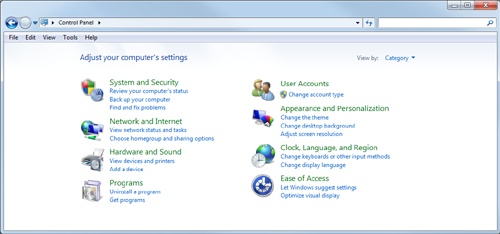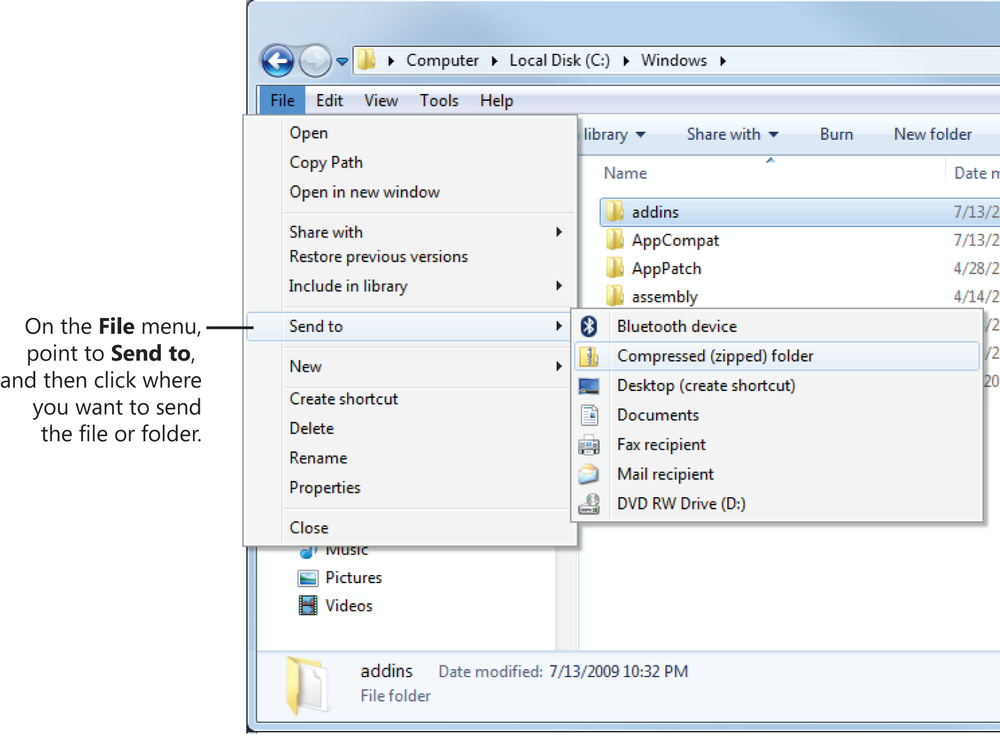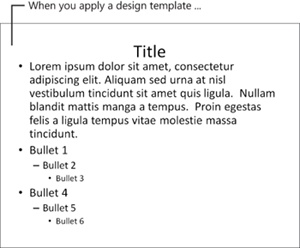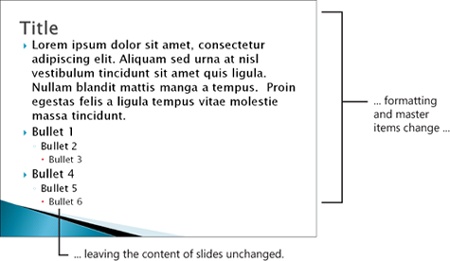Art can be effective in providing an example of the topic under discussion or in showing hierarchies or complex relationships that are difficult to explain in words. However, use art only if it is the best method for communicating a point.
Ensure that your art complements or supplements ideas that are also expressed in text. If you make your point only in art, blind and sight-impaired users will not get the information. Provide alt text that is brief but as descriptive as possible.
Do not rely on color alone to communicate the point of an illustration. Users who are color-blind will not see what you are highlighting.
Be aware of the impact of your art on the worldwide audience. Images that are perfectly innocuous for the U.S. audience may be deeply offensive elsewhere. Images and other elements of art, including color, can raise serious cultural or geopolitical issues. For details about creating art that is suitable for the worldwide audience, see Global Art (Chapter 3).
If your content is localized, do not include screen shots and illustrations that include text unless you have no other choice. Text in art is expensive to localize, and screen shots are unnecessary if the user has access to the user interface.
The appearance and placement of art are determined by the specific design guidelines for your content. Consult your designer or any available documentation of your document template for guidelines on the placement and appearance of art, captions, and callouts.
Unless you have no other choice, do not make cross-references to art unless the art immediately precedes or follows the reference within the Help topic or on the page.
Use preceding and following (or more specific references) when referring to art, not above, below, earlier, or later. End the introductory sentence with a period, not a colon.
Microsoft style
The following illustration shows file sharing with user-level access control.
Make cross-references to untitled or unnumbered art only if the relation of the art to the text is not immediately apparent or the content of the art furthers the explanation found in the text. In that case, a reference to the art can be helpful; however, the art should appear as close to the reference as possible so that you can refer to the art with a phrase such as the following illustration.
Not all art needs captions or callouts, even within the same document. Use editorial judgment or consult your project style sheet.
Always provide a brief description (see alt text in the Appendix A) or a caption for a graphic on a webpage.
In printed content, information that appears in captions and callouts should also generally appear in text, unless there is no possibility of misreading or confusion and the art appears in the immediate textual context. However, online content and some printed documents require essential or procedural information to be placed solely in captions and callouts. This is acceptable but can affect accessibility.
You can use both title captions and descriptive captions within the same document. Use sentence-style capitalization for both kinds of captions.
Descriptive captions explain something about the art but do not necessarily point to or call out anything in particular about the art. Writers and editors determine how to write descriptive captions and when to use them. Use end punctuation only if the caption is a complete sentence or a mixture of fragments and sentences.
Title captions label a piece of art and should be concise. Do not use end punctuation. Some teams use numbered titles for art. In that case, the pieces are referred to as “figures,” such as “Figure 7.1 Arcs.”
A callout points to a specific item that the user should notice in an illustration. Observe the following rules when writing callouts:
Capitalize each callout unless it begins with an ellipsis.
End the callout with a period only if the callout is a complete sentence.
Try not to mix fragments and complete sentences as callouts for the same piece of art. If you must mix them, use the end punctuation that is appropriate for each callout.
For multiple-part callouts with ellipses, use lowercase for the first word in the second part of the callout. Leave one space between the ellipsis and the text that accompanies it, as shown in the example.
See also Capitalization; Chapter 3; Titles and headings.




